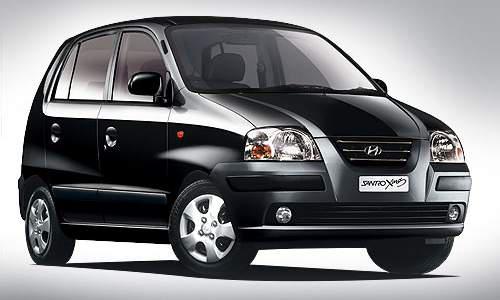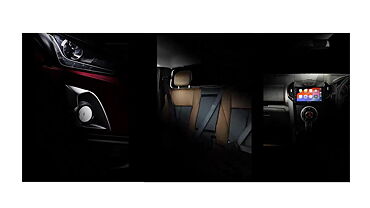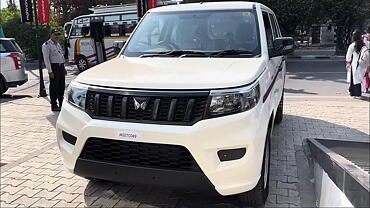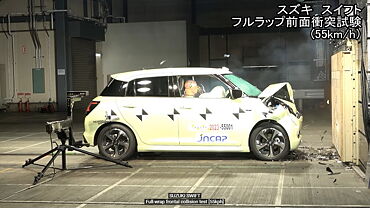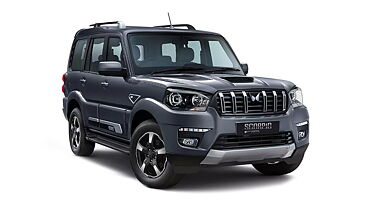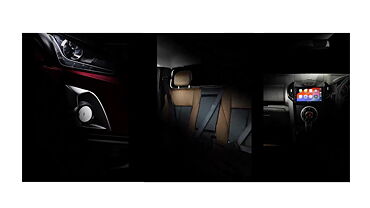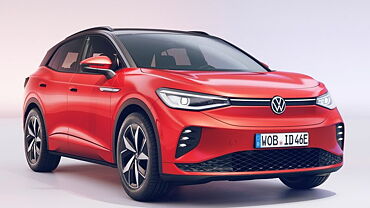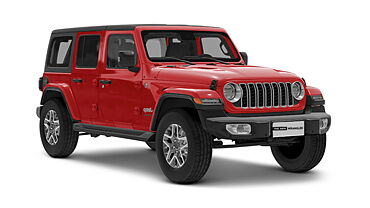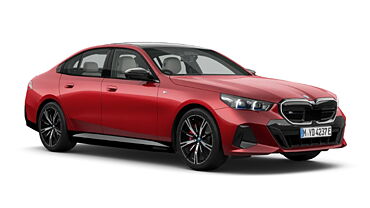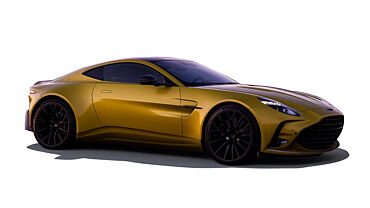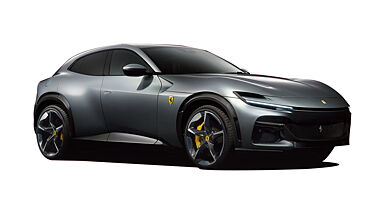Hyundai Motor, the South Korean automotive giant forayed into the Indian automotive market with its Santro hatchback. At that time, the car came powered by the Epsilon petrol powertrain, which is a 4-cylinder unit with a displacement of 999 cc. The maximum power churned out by the engine of this car stands at 61 bhp, which was quite impressive in this segment at that time. In the late 1990s, the engine offered best-in-class mileage, while, its attraction lies in the massive 110 Nm of torque at 3,000 rpm.
The engine was later succeeded by a larger 1.1 litre motor in India, which had improved power output of 64 bhp with a lower torque of 97 Nm. The new powertrain served on both the models, Santro and its next-generation model, Xing. At that time, the engine of Santro had significant power advantage over the ones serving on its rivals.
Recently, the buzz was that Hyundai is in the process of developing two all-new powertrains for its i10 hatchback, including a 1.1 litre diesel and 1 litre Kappa petrol unit. The new 1.1 litre 4-cylinder diesel unit happens to be the smallest unit in the diesel powertrain line-up of the car maker. The new variant will join the family of 1.4 litre, 1.6 litre and 2.2 litre diesel line-up.
However, Epsilon powertrain managed to hold its grounds despite the introduction of more powerful and contemporary Kappa series. Considering the fact that the older powertrain abides the BS4 emission norms, Hyundai is planning to utilise the Epsilon units till 2014, wherein it will finally shelve the Santro Xing from the country. This indicates that the South Korean car maker will go away with the car and engine at the same time.
Xing was Hyundai’s first offering in the entry-level hatchback segment of the Indian automobile industry, until the Hyundai Eon came along. With a price lower than Xing, Eon affected the sales volume of the former; however, the Xing continue to find 3,000-5,000 buyers every month. This figure can be considered as quite humongous for a car, which is as dated as Xing. However, before the advent of the Hyundai Eon, the car was clocking sales figures of around 7,000-8,000 every month. What works in the favour of the Veteran Model is its Tall-Boy design, which makes ascending and descending in the cabin easier. Thus, it is a confirmed deal that this extremely successful model would not bid farewell until 2014.
Meanwhile, Hyundai seem to be undeterred by the fact that the Eon gnawed the sales of the Santro Xing, since the arrival of new model helped the auto maker expand its line-up in the entry-level hatchback segment, which resulted in decent sales.



